Ada Lovelace, The First Computer Programmer
Everything you see on your computer is in part due to the lovely Ada Lovelace, the first computer programmer.
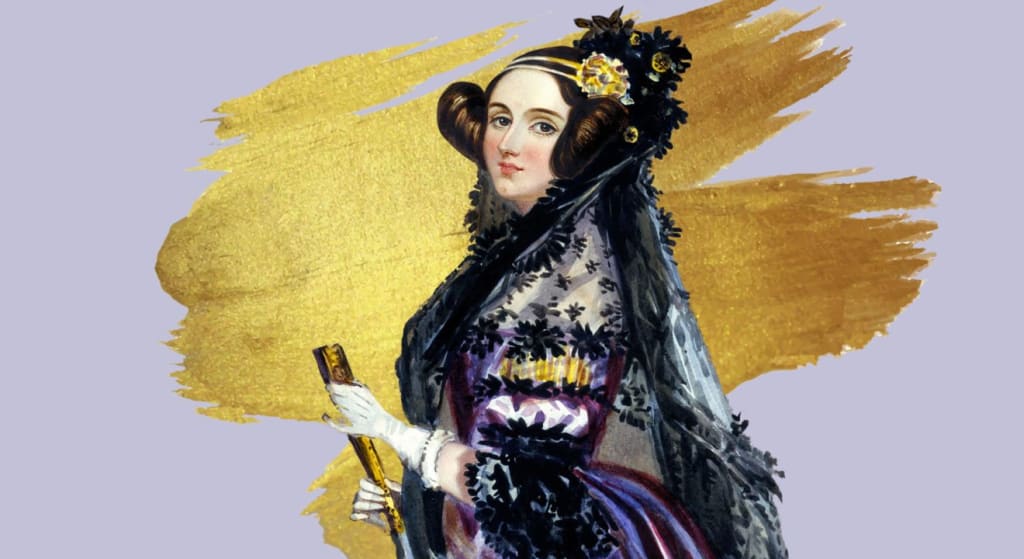
When do you think the first computer came around? Thinking the 80s? 60s? 40s? What if I told you that a computer had been designed back in 1837, and that the first person who programmed for this device was the daughter of one of the world's most famous poets?
Ada Lovelace, in many ways, sounds more like a character out of a steampunk novel than a true woman who really existed, but this brilliant mathematician not only existed, but she also is, in many ways, the mother of computer programming, thanks in part to her hard work on Charles Babbage's legendary proto-computer: the Analytical Engine.
Everything you do, from making calls on your smartphone to reading this very article, is in partly due to the hard work and brilliance of the lovely Ada Lovelace, the first computer programmer.
Charles Babbage and the Analytical Engine
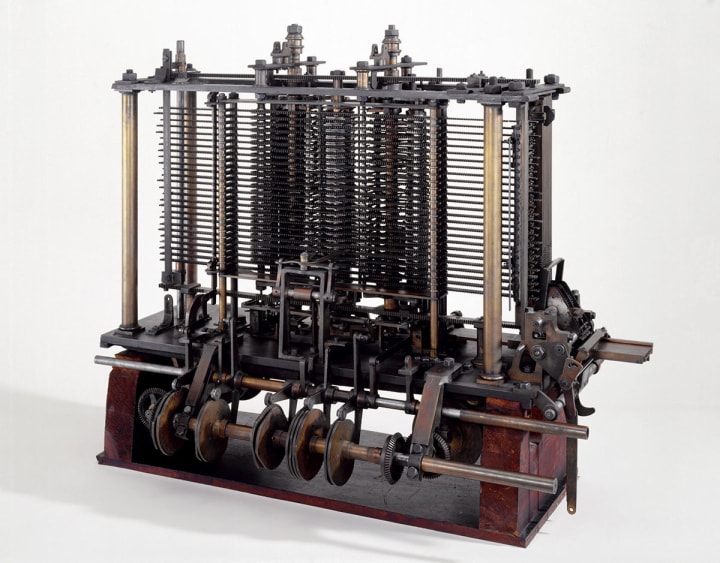
Before we can discuss Ada Lovelace's contributions to computer programming, we must first tell the story of Charles Babbage, the creator of the Analytical Engine.
Babbage was an English mathematician who had already achieved some fame and popularity following his days at Cambridge University. Babbage studied difficult mathematical concepts, in particular, calculus.
At the time, math was done entirely by hand, and, furthermore, calculated with the brain. While both a student and a teacher, Charles Babbage would see that miscalculation would lead to grave miscalculation, especially when dealing with incredibly complicated concepts. He longed for a way to remove human error from the process of calculation in order to streamline the whole process.
Thus, he concocted the Difference Engine.
This simple machine would be able to calculate polynomial functions and other complex calculations that a person could get wrong. He would incorporate a series of valves and tubes in order to properly calculate everything. He compared it to an automated abacus.
We would compare it to a calculator.
Babbage was a little on the neurotic side, however, and his exacting demands on his partners resulted in everyone just walking out on the project before it could be completed. However, by the mid-1830s, Babbage had moved beyond the Difference Engine.
He concocted an improvement upon the device. He concocted a more complicated machine, one that would not simply solve polynomial functions, but any form of math. By inserting punch cards into the machine, it would alter its functions in order to solve any problem.
Babbage called it the Analytical Engine.
We call it a computer.
And it is here that Ada Lovelace, the first computer programmer, comes into the story.
The Daughter of Lord Byron
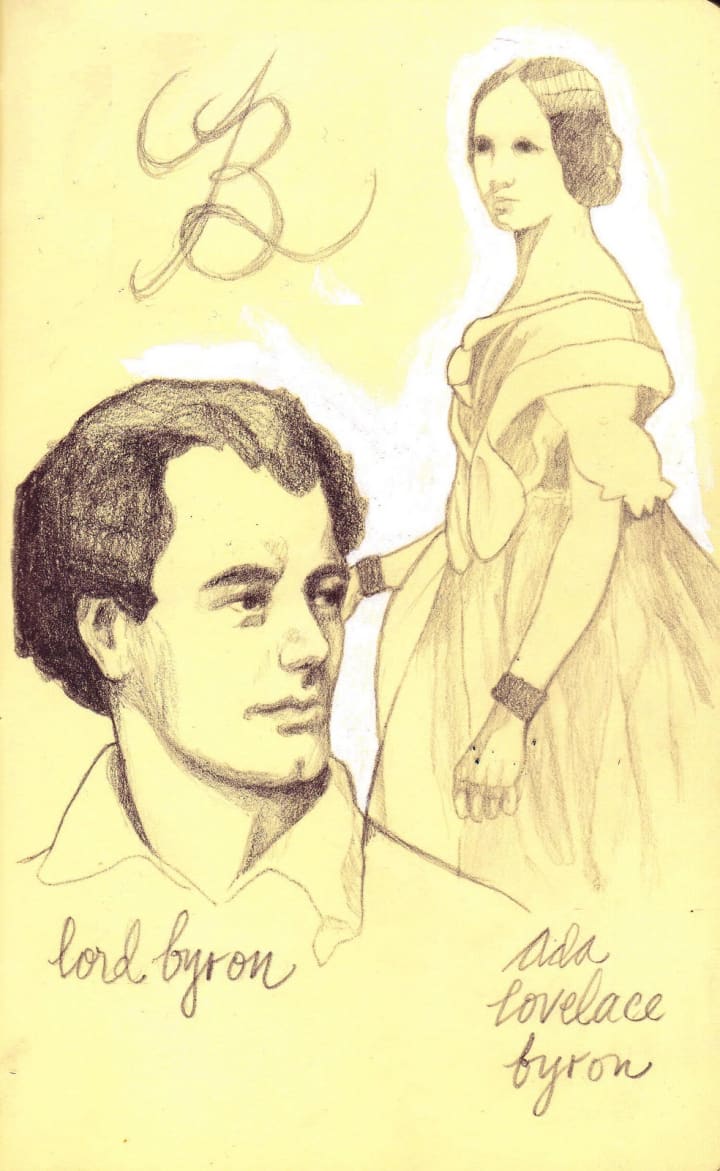
It was said that Lord Byron, one of the greatest poets throughout Europe, the man who was at that party with Mary Shelley when she conceived of Frankenstein, had a woman at every port. And, while that is true, and he had countless bastard children, Lord Byron did have a bride, Anne Isabella Milbanke, or Lady Wentworth. Together, they conceived a daughter, Ada, who was born in 1815.
A month after Ada's birth, Lord Byron left. Ada's mother remained perpetually bitter toward Lord Byron, seeing him as a madman who swept her off her feet, only to drop her hard when he lost interest. Ada's mother encouraged her daughter to pursue the solid, reasonable world of math, in contrast to Lord Byron's poetry and fancy. Despite her mother's intentions, however, Ada remained fascinated by her father, reading his poetry and of his accounts in awe.
Byron died when Ada was only eight years old of a fever.
It seemed as though Ada inherited her father's sickly constitution, however, as growing up she was often ill. This left her unable to go outside, leaving her pale and frail. But it gave her plenty of time to read and study, which developed her mathematically inclined brain.
Ada would eventually marry William King in the year 1835. In 1838, William King would become the Earl of Lovelace, and Ada, in turn, would become the Countess of Lovelace. Ada Lovelace.
But Ada's story begins long before becoming a countess. It begins in the year 1833, where she, 18 at the time, first met Charles Babbage.
The First Computer Programmer
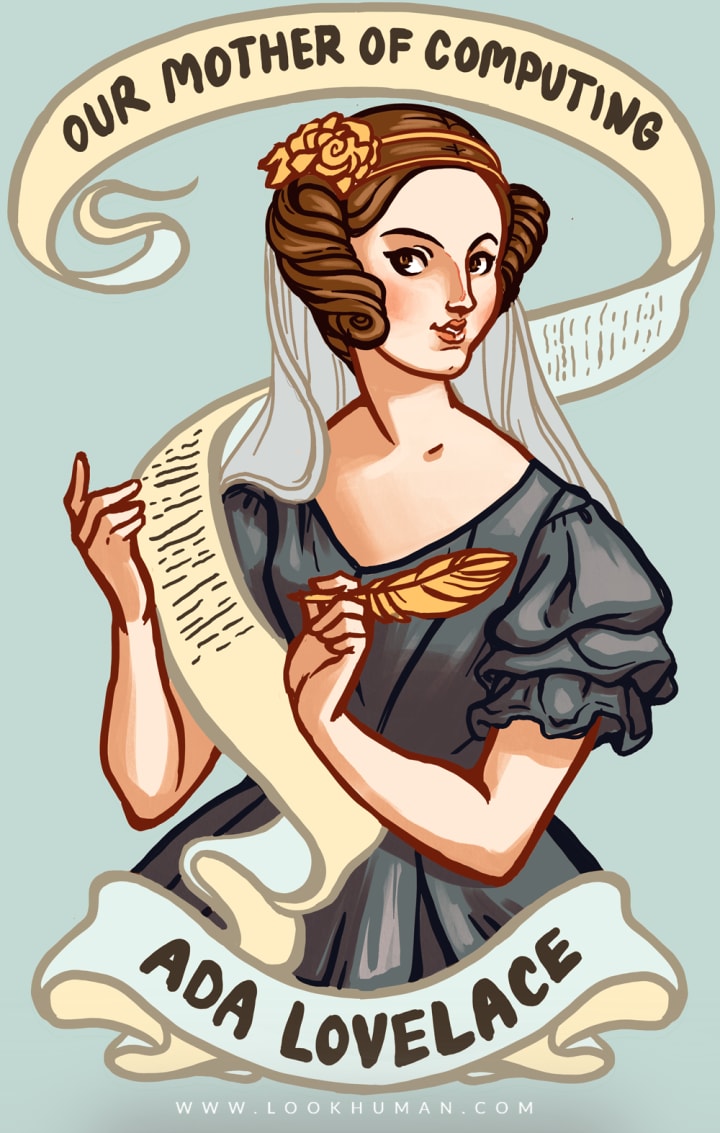
Ada, as a sickly girl who suffered from bits of paralysis, had a tutor attend to her studies. Her prior tutor had been involved with a cleverly covered-up scandal with Ada. He and Ada had a bit of an affair and attempted to elope, but Lady Wentworth saw that this never made the papers.
Enter Mary Somerville.
Mary Somerville was a Scottish scientist and polymath. While not the first computer programmer, Somerville was incredibly brilliant, having achieved acclaim in her field as a brilliant writer of science and calculus. She was friends with Ada's mother, Lady Wentworth, and was more than happy to tutor Ada in mathematics, in accordance to her mother's wishes (Lady Wentworth did not want another Byron in her family).
Somerville had met Charles Babbage prior at academic parties, and heard him speak of the Difference Engine. The idea of the device excited her, as she often dealt with polynomial functions in her studies, and understood the importance of a machine that could eradicate human error.
Ada had also read of Babbage, and implored Somerville to introduce her to the scientist. Somerville only did so once Ada's health allowed her to be presentable. For much of her 17th year, she required crutches to move around the house.
Ada and Charles Babbage hit it off from the moment they met. Ada enchanted the older mathematician with both her mathematical brilliance and her poetic worldview. To Babbage, she was a "Lady Fairy," in part because Ada informed him that, when she was 12, she had attempted to create wings to defy gravity.
While Ada insisted on meeting the most brilliant minds of England in that era (including Charles Dickens), she always seemed most fascinated with Charles Babbage.
A month after meeting, Babbage showed Ada a prototype of the Difference Engine.
And, from there, Ada Lovelace, the first computer programmer, was truly born.
Punch Cards
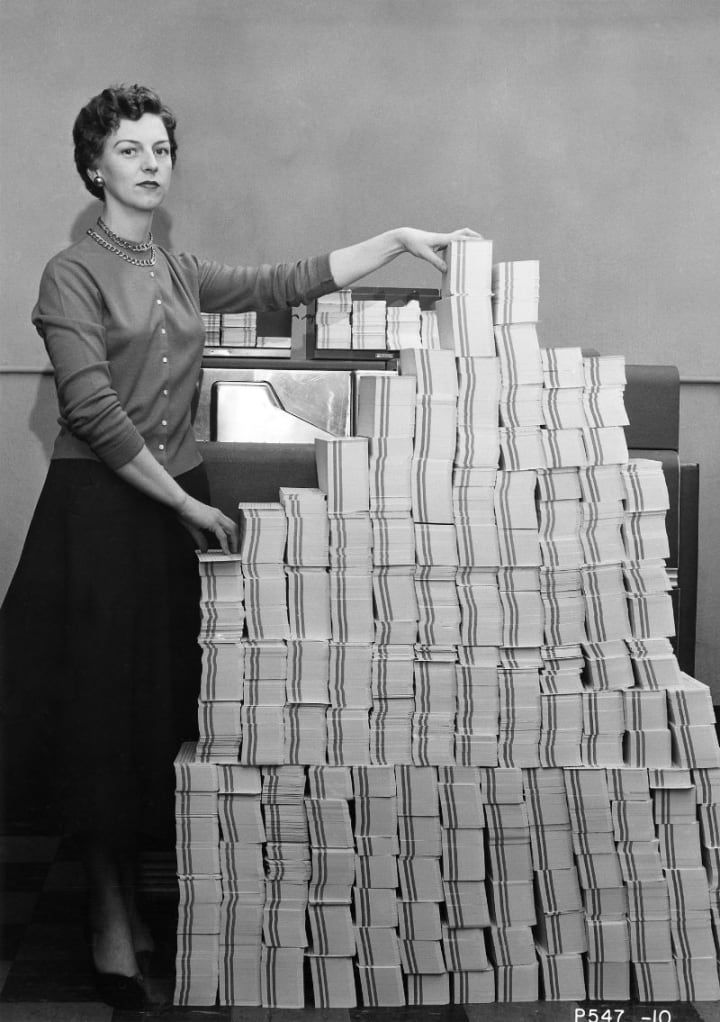
By the time Babbage began work on the Analytical Engine, Ada had been married. Months after Babbage first conceived of the device, Ada became the Countess of Lovelace.
All the while, Ada kept in contact with her old tutor, Somerville, and attempted at meeting her father's other children. Though she established contact with a couple, most had died by that time of illness. During her marriage, she gave birth three times.
But though the realities of her station – as a mother, as an only child, as a Countess – came upon her, she never lost her spark of imagination or mathematical brilliance.
Throughout the years, she would use her connection with Somerville to reach Babbage, often spending hours and hours discussing math and life with him (and Somerville as well, with whom Ada Lovelace had a genuine friendship.)
Once she heard of the Analytical Engine from Charles Babbage, Ada Lovelace's imagination sparked. Charles Babbage intended to use the Analytical Engine to solve complicated mathematical concepts, but Ada had a radical idea.
The punch cards inserted into the device could direct what sort of calculations the device would perform. Was it not possible, then, that, depending on what sort of punch card was inserted, that the Analytical Engine could analyze any problem? Not merely mathematical, but anything?
She understood that the Analytical Engine could only do what they told it to do. For this reason, she dismissed the entire concept of the engine as a brain that could think for itself (the concept of artificial intelligence, dismissed before the first computer could be built).
But this got her thinking. How could she make a computer do whatever she wanted?
The key: the punch cards.
The First Computer Program
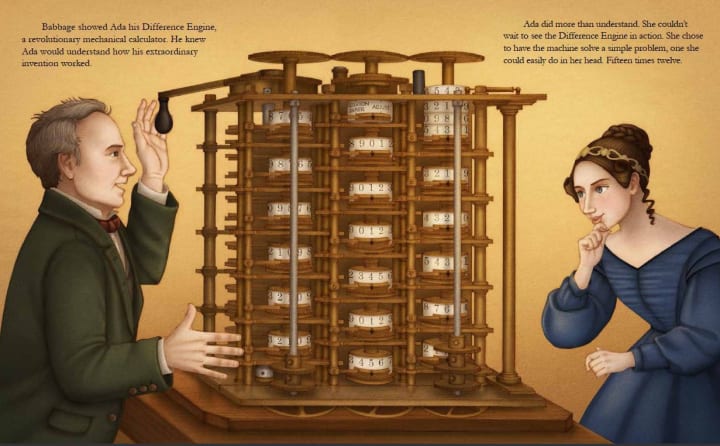
Ada Lovelace did not become the first computer programmer until 1840, when Babbage gave a speech to future Prime Minister of Italy, Luigi Menabrea, who was so impressed by what he heard he transcribed it.
Ada Lovelace was asked to translate the speech in 1942 into English. As she did so, she added notes to the speech. Her notes proved even longer than Babbage's words, and contained an analysis on the Analytical Engine itself.
More specifically, how to use certain mathematical codes to make the engine answer any problem.
Using a complex algorithm, she determined a means through which the Analytical Engine could compute the Bernoulli numbers, an incredibly complicated sequence of real numbers.
She went on to say:
[The Analytical Engine] might act upon other things besides number, were objects found whose mutual fundamental relations could be expressed by those of the abstract science of operations, and which should be also susceptible of adaptations to the action of the operating notation and mechanism of the engine... Supposing, for instance, that the fundamental relations of pitched sounds in the science of harmony and of musical composition were susceptible of such expression and adaptations, the engine might compose elaborate and scientific pieces of music of any degree of complexity or extent.
Lovelace's theories pushed her into the academic forefront. Her notes were published in academic journals throughout England. Overnight, Ada Lovelace became a sensation.
Never Completed
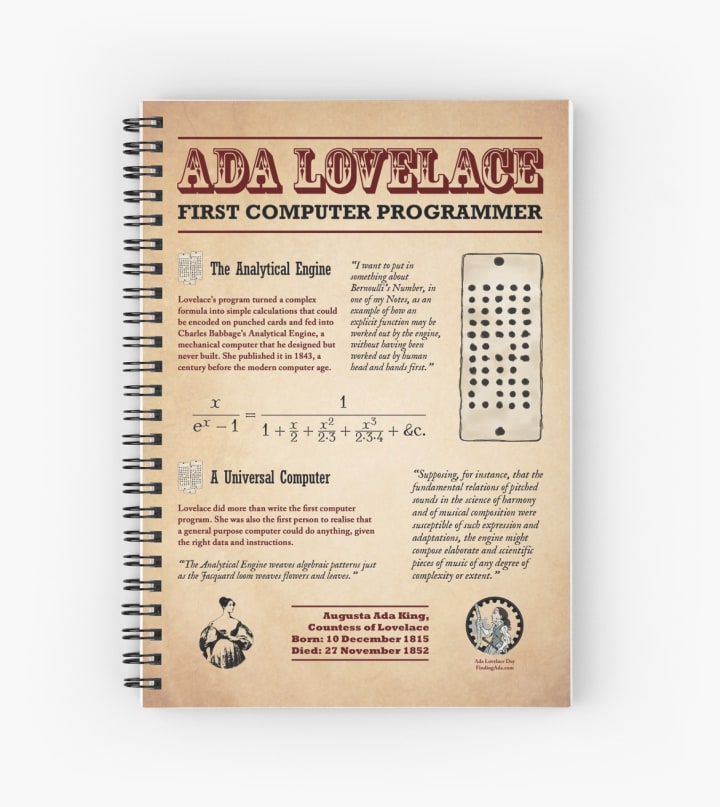
Babbage's inability to work with others resulted in the Difference Engine never being completed in his lifetime.
History repeated itself with the Analytical Engines.
Though later scientists would construct an Analytical Engine, and later scientists would create Lovelace's punch cards, proving the Analytical Engine would have worked, Babbage drove away everyone who would have worked with him, resulting in an unfinished product.
The computer would not be attempted again until the 1940s.
Around the same time that the Engine became an incomplete dream for Babbage, Ada Lovelace, the first computer programmer, fell ill.
She fell ill with ovarian cancer.
Doctors tried the best they could to save the brilliant countess. They laid leeches on her to drain her of blood.
But, as any modern mind could imagine, this only made things worse. Ada fell ill, delirious, and died. As per her final requests, they buried her next to her father, Lord Byron. Both father and daughter died at the age of 36.
The Universal Language of Computers
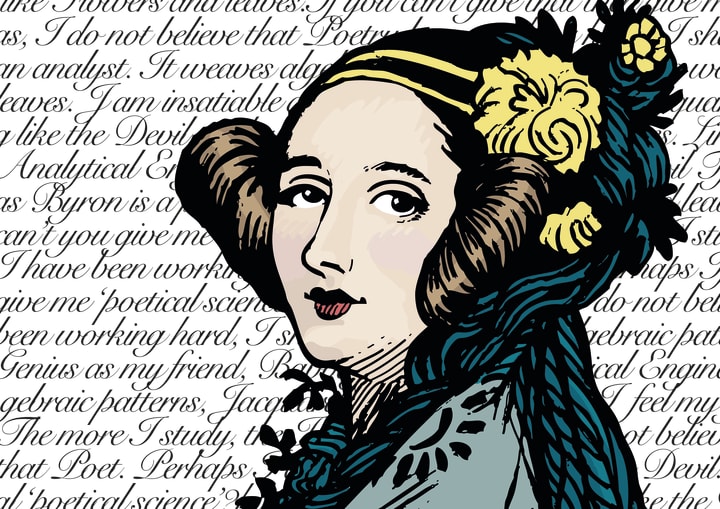
As computers advanced in the 20th Century, computer programmers required a universal language through which computers could be programmed. From 1977 to 1983, mathematicians, programmers, and scientists hired by the United States Department of Defense created a program that incorporated earlier computer languages, superseding them. This language became a universal source code for all computer programs in the world.
The call it Ada.
After Ada Lovelace, the first computer programmer.
About the Creator
Patricia Sarkar
Raised on a steady diet of makeup and games. Eager to share my experiences with the world and make a difference, article by article! :)

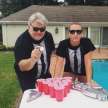





Comments (1)
Reading this was so satisfying. I can see why it was a top story back in the day.